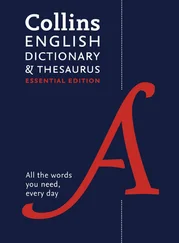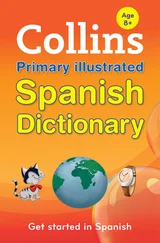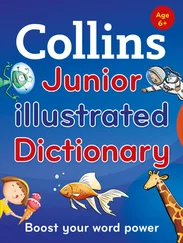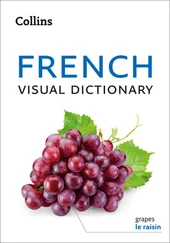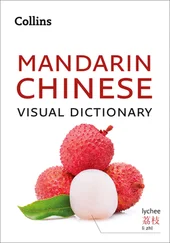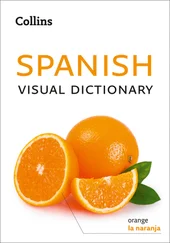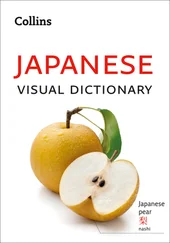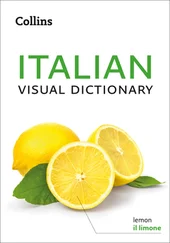Letter Writing
How to Get Results
ESTHER SELSDON

Cover
Title Page Letter Writing How to Get Results ESTHER SELSDON
INTRODUCTION INTRODUCTION Despite the invention of the telephone and the apparent casualness of many of our 21st-century arrangements, the written word is still the politest, most permanent means of communication and still the only really satisfactory way to deal with legal and professional correspondence. This makes letter-writing sound horribly responsible and, to many people, putting even the simplest of thoughts on paper to good effect does seem like a daunting task. But it needn’t be. There are basic rules of good grammar, style and approach that can be broken down into their component parts for anyone to learn and follow. This book lists those rules and helps to break down those parts and, in the process, makes the acquisition of good letter-writing skills a more entertaining exercise. But this is the 21st century and we are now in the modern age of communication. Explanatory chapters on joining the email and internet age are included because it is a rapidly changing world out there and you never know when you might need to employ some of these constantly evolving e-trends. In the same vein, other chapters include sample pro-forma letters that deal with those everyday situations for which you might need to write a precise, businesslike letter but don’t quite know where to start. Of course, the reader can, and should, customise and adapt these model letters to suit their own style and their own needs but a helping hand might just save time. We all need to write. Whether this be to a lawyer, to a friend or even to someone we don’t happen to like that much, a well-expressed letter may make a small but crucial difference. Stronger, more powerful correspondence can eliminate further unnecessary business correspondence or, even more impressively, might make social correspondence a more regular, more entertaining affair. It’s worth a go. Give it a try.
CHAPTER 1: Before you Begin – The Purpose 1 BEFORE YOU BEGIN THE PURPOSE • WHY WRITE? • THE PEN • PEN OR MOUSE? • CHOOSING YOUR MATERIALS • WRITING TOOLS WITWOUD: Madam, do you pin up Your hair with all your letters? MILLAMANT: Only with those in verse, Mr Witwoud. I never pin up my hair with prose. William Congreve, The Way of the World (1700) Why not telephone? Before you set pen to paper or mouse to mat, ask yourself why you need to write a letter. Think about your reason for writing. Do you want, or need, to make a permanent statement and, if you do, and your letter is put in a box and filed, would you be embarrassed to see that very same letter turn up again in twenty-five years’ time? These are the first questions to ask yourself when you think about whether you should be writing a letter at all. Generally speaking, we write because the process of putting words to paper is more effective than speech. It demands the sole attention of the recipient while being read and can be more intimate than speech; it is certainly more durable.
Why write? WHY WRITE? Hundreds of letters are opened every morning. You will want your particular missive to be the one that is clearest on the page and therefore read first, and you will want it to be understood immediately and acted upon without delay. Ask yourself: • Do I know what my message is? • If yes, then is my message necessary? • If yes, then is the recipient my friend? • If yes, then would a telephone call be more appropriate? • If no, then is this mainly a social or a professional communication? • If professional, then am I trying to make an impression? • If yes, then will I be embarrassed to be reminded that this letter exists in a year’s time? • If no, then continue.
The pen
Pen or mouse?
Choosing your materials
Writing tools
CHAPTER 2: Getting Started – The Basics
Is it clear?
How to top and tail a letter
Paragraphs
Layout
Titles
CHAPTER 3: Grammar & Punctuation
Why study grammar?
Punctuation
Spelling
Abbreviations
Tips on style
CHAPTER 4: Personal Letters
Presentation
Apologies
Writing to children
Condolences & congratulations
Fan mail
General friendship & thank you letters
Love letters
Polite requests & rude letters
CHAPTER 5: Business Letters
Presentation
Junk mail
Sample business letters
CHAPTER 6: Technical Matters
Headings
Presenting facts
Memos
CHAPTER 7: Employment Correspondence
Job applications
References
Rejections
Letters of resignation
Complimenting an employee
Reprimands
Dismissals
CHAPTER 8: Communicating with the Media
Requesting media coverage
Declining media coverage
Letters to the editor
Personal letter
Specific articles
General grievance letter
CHAPTER 9: Legal Matters
Libel
Your rights
Copyright
Without prejudice
Communication with solicitors
Threatening legal action
CHAPTER 10: The Electronic Age
Email
World wide web
Faxes
CHAPTER 11: Filing Correspondence
Filing
Keeping copies
Security & Data Protection Act, 1984
Creating an archive
CHAPTER 12: Postage
Envelopes
Types of postage
Poste restante
Forwarding mail
Small packets
Private mail systems
Appendices
Copyright
About the Publisher
Despite the invention of the telephone and the apparent casualness of many of our 21st-century arrangements, the written word is still the politest, most permanent means of communication and still the only really satisfactory way to deal with legal and professional correspondence. This makes letter-writing sound horribly responsible and, to many people, putting even the simplest of thoughts on paper to good effect does seem like a daunting task. But it needn’t be. There are basic rules of good grammar, style and approach that can be broken down into their component parts for anyone to learn and follow. This book lists those rules and helps to break down those parts and, in the process, makes the acquisition of good letter-writing skills a more entertaining exercise.
But this is the 21st century and we are now in the modern age of communication. Explanatory chapters on joining the email and internet age are included because it is a rapidly changing world out there and you never know when you might need to employ some of these constantly evolving e-trends. In the same vein, other chapters include sample pro-forma letters that deal with those everyday situations for which you might need to write a precise, businesslike letter but don’t quite know where to start. Of course, the reader can, and should, customise and adapt these model letters to suit their own style and their own needs but a helping hand might just save time.
We all need to write. Whether this be to a lawyer, to a friend or even to someone we don’t happen to like that much, a well-expressed letter may make a small but crucial difference. Stronger, more powerful correspondence can eliminate further unnecessary business correspondence or, even more impressively, might make social correspondence a more regular, more entertaining affair. It’s worth a go. Give it a try.
Читать дальше


